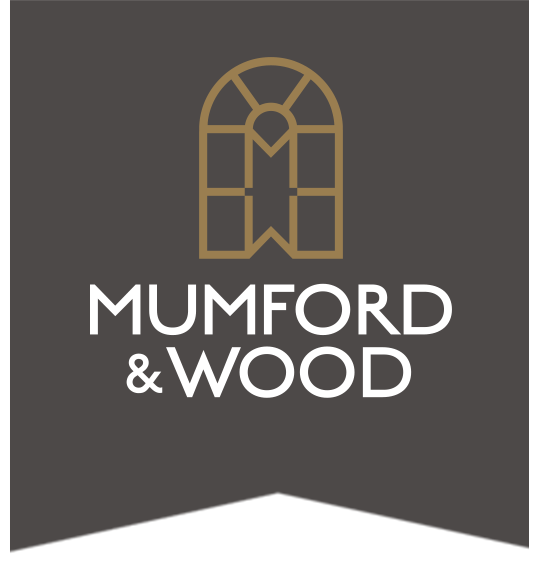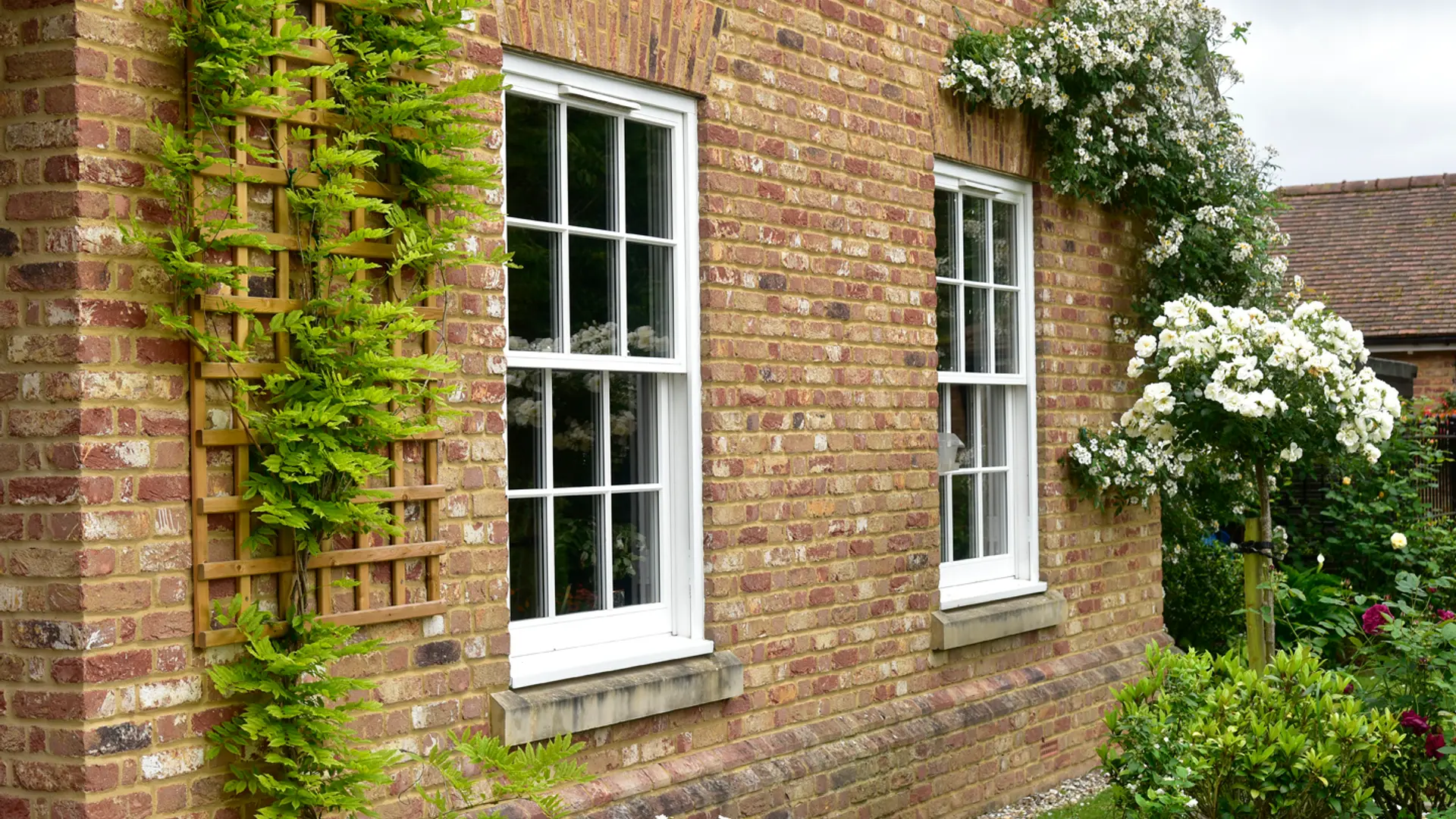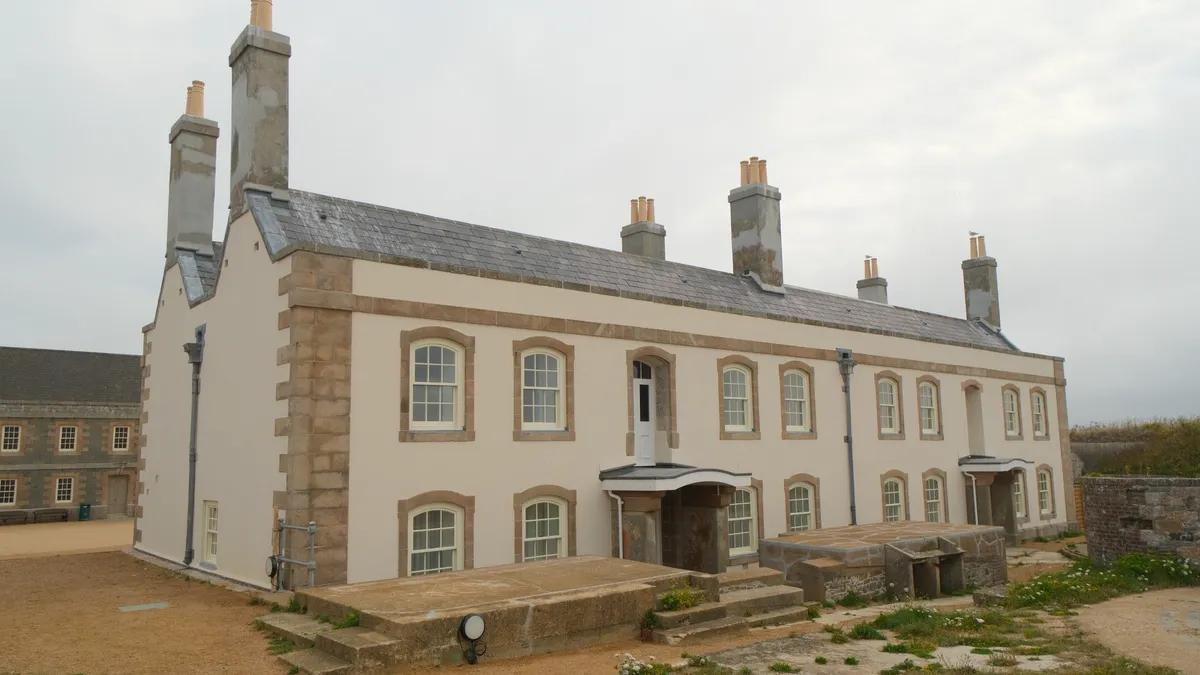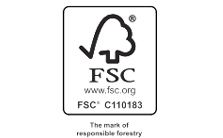A common consideration when choosing materials for timber doors and windows is deciding between softwood and hardwood. Each offers its own set of benefits and limitations, making your choice dependent on key factors such as budget, durability, aesthetics, and sustainability. In this guide, we explore the characteristics of both options to help you make the most informed choice for your home or construction project.
Softwood Properties: The Affordable and Versatile Option
Softwood remains a popular choice for timber windows and doors thanks to its versatility, availability, and competitive price point. It is especially suited for residential and commercial developments where both performance and sustainability are important.
Key properties of softwood include:
- Density: Ranges from 300 to 800 kg/m³ (e.g. pine: ~500 kg/m³)
- Hardness: Janka hardness around 380 lbf (pine)
- Growth rate: Faster growth cycle (20–40 years), making it highly renewable
Advantages of Softwood:
- Cost-effective: More affordable than most hardwoods
- Readily available: Especially in the UK, ensuring faster lead times
- Workable: Easier to cut, shape, and join
- Sustainable: Often plantation-grown and renewable
- Aesthetic flexibility: Can be easily painted or stained
- Thermal efficiency: Better natural insulation due to lower density
Considerations:
- Maintenance: Requires protective treatments and periodic repainting or staining
- Longevity: May not last as long as hardwood without ongoing care
Hardwood Properties – The Durable Choice
Hardwood is prized for its strength and natural resistance to wear, making it ideal for high-traffic or exposed applications. While more expensive, it delivers unmatched durability and visual appeal.
Key properties of hardwood include:
- Density: Typically between 600 and 1,200 kg/m³ (e.g. oak: ~750 kg/m³)
- Hardness: Janka hardness of around 1,290 lbf (oak)
- Growth rate: Slower growth cycle (40–100+ years), making it less renewable
Advantages of Hardwood:
- Exceptional strength and longevity
- Lower maintenance over time
- Resistant to rot, pests, and harsh weather
- Timeless aesthetic appeal
Considerations:
- Higher cost: Premium pricing for both material and labour
- Limited availability: Particularly for exotic or imported species
- Heavier: More challenging to work with and install
- Environmental impact: Requires responsible sourcing due to slower renewability
Key Decision Factors
When comparing hardwood and softwood for windows and doors, consider:
- Budget: Softwood offers excellent value without sacrificing quality
- Durability needs: For high-traffic or exposed areas, hardwood may be preferable
- Style and finish preferences: Both materials offer customisation options
- Environmental goals: Look for FSC or PEFC certifications regardless of wood type
Why Mumford & Wood Utilises Softwood
At Mumford & Wood, we select European Redwood softwood as our preferred material for manufacturing timber windows and doors. This decision is backed by years of testing, performance data, and a deep commitment to sustainability and craftsmanship.
Softwood enables us to offer:
- Bespoke design flexibility
- Superior thermal insulation
- Reduced environmental impact
- Premium quality at an accessible price
All of our timber is sourced from responsibly managed forests, and our manufacturing process prioritises longevity, beauty, and minimal waste. Our use of multi-layered engineered softwood allows us to produce structurally stable, award-winning joinery that stands the test of time.
We believe softwood offers the perfect balance of performance, aesthetic appeal, and environmental responsibility—making it the ideal choice for architects, developers, and self-builders alike.
Discover the Difference
Contact Mumford & Wood today to speak with one of our specialists about your upcoming project. You can also:
- Download our digital brochure
- Request a physical copy
- Book a visit to our showroom
Experience first-hand the timeless quality and craftsmanship that set Mumford & Wood apart.


















